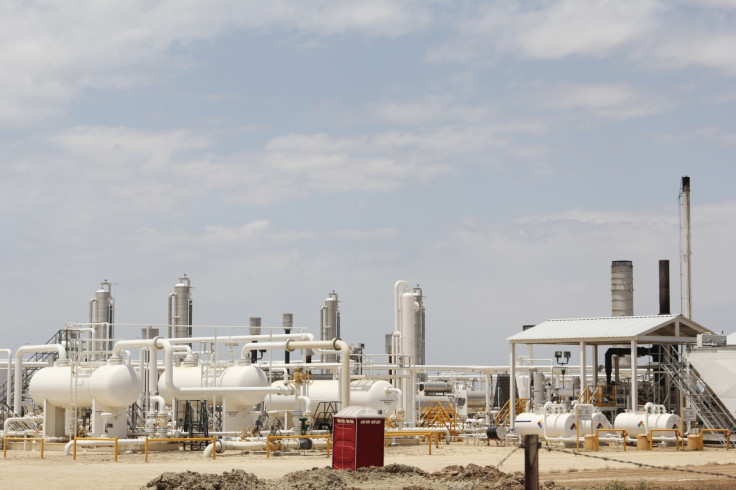WTI crude futures take another pummelling on rising US supply
Market sentiment increasingly factoring incremental shale oil barrels as Baker Hughes records another US rig count rise.

Another hike in the number of US rigs sent West Texas Intermediate (WTI) oil futures contract lower by over 1% on Tuesday (2 May), while precious metal futures remained decidedly lacklustre ahead of the US Federal Reserve's imminent interest rate call.
At 6.08pm BST, the WTI front-month contract was down 1.04% or 51 cents to $48.33 per barrel, while Brent was 0.87% or 45 cents lower at $51.07 per barrel. Baker Hughes pointed to yet another uptick in the number of operational US oil and gas rigs.
According to the oilfield services company's latest research, 870 rigs were in operation stateside for the week ending 28 April, up 450 on the same week in 2016, and 13 on the week before.
It is not just US production that is creating supply-side pressures, according to analysts at JBC Energy.
"News out of Libya – that its production is currently above 760,000 barrels per day [bpd] – will provide more fodder for the bears. It follows an earlier Libyan update suggesting that production at the Sharara and El Feel fields will soon restart," they wrote to clients.
However, Russian production fell 110,000 bpd on the month to 10.94m bpd, bringing Moscow's output roughly in line with commitments to the Opec and non-Opec production cut agreement inked in December 2016.
Away from the oil market, major precious metals failed to register any noticeable movement ahead of the Fed's interest rates decision due on Wednesday. At 6.27pm BST, the Comex gold futures contract for June delivery was up a mere $1.90 or 0.15% to $1,257.40 an ounce, while spot gold was 0.07% or 91 cents lower at $1,255.67 an ounce.
Fawad Razaqzada, technical analyst at Forex.com, said the market was on the lookout for bullish price patterns to emerge on the charts of gold and silver.
"At the moment though, there isn't a lot that can be said about gold –though we do think that the long-term price action since the end of 2015 has been bullish. We also like the fact that the long-term 55-week moving average is now trending higher while the 200-week moving average has flattened and is no longer falling. The moving averages tell us objectively that the long-term trend is no longer bearish," Razaqzada concluded.
However, gold is yet to break down its long-term bearish trend line, which again held in early April. As a result, there has been a sharp unwinding of the long positions that had been accumulated since December 2016, and again in March.
Elsewhere, Comex silver for July delivery was broadly flat at $16.84 an ounce, while spot platinum was down 0.75% or $7.03 to $924.37 an ounce.
© Copyright IBTimes 2025. All rights reserved.






















